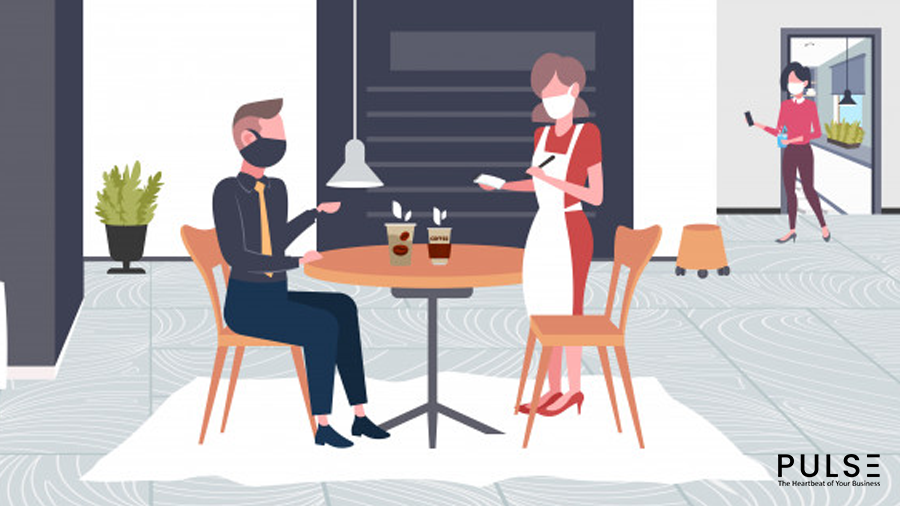Of all the sectors undergoing a massive transformation due to the virus, Foodservice business takes center stage. Restaurants have suffered huge losses due to lockdowns and self-quarantining across the globe. The real challenge they face today is how to bring their customers back to the tables once again following all safety measures.
Need for new safety measures
Safety planning for employees and customers is an integral part of the framework of a restaurant business. Even in the pre-COVID era, restaurant owners had a long checklist of safety and hygiene standards to comply with to not run into trouble with the government and concerned food/ public safety authorities. The current pandemic has only triggered the safety concerns further and mandated the need for a standardized protocol for safety that owners need to maintain, access, and execute centrally.
Safety measures restaurants should adopt
Restaurant managers should prepare a checklist, keeping in mind the following pointers:
- Train the staff for handling equipment, electronic appliances, special machinery, handling various solvents, the risk from steam or vapors, etc.
- Practice fire safety norms and conduct mock drills with staff to equip them with what to do in case of fire hazards.
- Conduct regular inspections & checks by internal and external authorities in the departments of food safety, fire safety, electrical appliances safety, etc.
- Train employees for first-aid and accident prevention at work. Teach them about common restaurant injuries like burns, cuts, punctures, lacerations, sprains and strains, eye, or skin injuries due to oil splash.
- Conduct regular health checkups to monitor their health. Restaurants should provide employees with health insurance as it is
- Provide kitchen-appropriate dress material to the chefs. Since they would be exposed to fire and other solvents, their cloth material should be chosen while keeping all the safety premises in mind.
- Ensure proper inspection, oiling, and maintenance of all equipment at the restaurant facility, from ovens inside the kitchen to the lifts, escalators, etc. Warning signboards should be put up at appropriate zones to demarcate zones that must not be accessed without supervision.
- Train the employees on waste management and tie up with concerned authorities to utilize or dispose of excessive and wasted food.
Safety Checklist for Coronavirus
Companies across all sectors are coming up with coronavirus-specific guidelines for their employees. The safety and hygiene protocols for restaurants must include:
1. Deep cleaning and sanitization practices
Sanitise the entire restaurant from the kitchen, restrooms, dining room, furniture, and takeout windows, etc. Use temperature checks for guests, if possible, and sanitize the seating, furniture, etc., every time a guest leaves, and before allotting it to the next guest.
Use food-grade cleaners for surfaces in contact with food products. Ensure an unlimited supply of sanitizer, handwash, and soaps for both staff & guests and motivate them to regularly wash their hands.
2. Social Distancing
Follow strict social distancing between staff and guests. Make a floor plan to develop compartments between tables to distance the guests. The team should be in the appropriate gear, either PPEs or head masks, to avoid air contagion. Try to implement disposable menus for guests. If not, sanitize menus regularly after they are touched.
3. Contact-Free Technology
Try to implement the usage of contactless items like a touchless card reader for payments, online ordering, contactless takeaways, etc.
Conclusion
Implementing technology-driven planning and check-listing will help restaurants minimize expenditure, increase revenue, follow the regulatory guidelines, and best industry practices. For a restaurant chain, setting standardized processes by digitized checklists and forms will allow you to analyze data in real-time and compare all outlets’ performance on various safety parameters. Where people are skeptical about stepping out of their homes, eating out in public spaces can be restarted only if restaurants assure customers of their safety arrangements.
